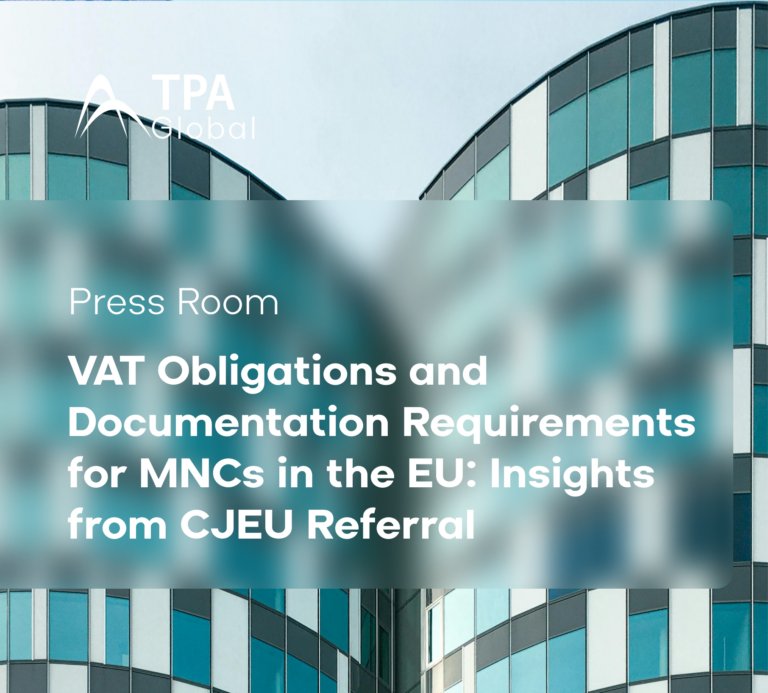The Australian government issued exposure draft legislation on 31 January 2024, proposing retroactive updates to the nation’s transfer pricing laws. These revisions align with the latest version of the Organization for Economic Cooperation and Development’s (OECD) Transfer Pricing Guidelines issued on 20 January 2022.
Currently, Australia’s transfer pricing guidance, outlined in Division 815, references the 2017 edition of the OECD Transfer Pricing Guidelines. The proposed updates incorporate changes from the 2022 version, addressing critical areas such as the transactional profit split method, guidance on financial transactions, and approaches to hard-to-value intangibles.
One significant amendment involves the transactional profit split method, now detailed in Chapter II, Section C of the updated guidelines. These changes highlight the importance of shared contributions, emphasizing that these contributions can encompass both functions and assets, thereby broadening the scope beyond intangibles. Additionally, the revisions highlight the necessity of integrated operations and the assumption of economically significant risks, aligning with the risk control framework outlined in Chapter I.
Another noteworthy update is the introduction of Chapter X, focusing on financial transactions. This chapter delves into the accurate delineation of financial transactions, including pricing aspects such as interest rates and capital structures. Given the evolving landscape of Australian financing and thin capitalization regulations, these guidelines assume greater relevance, particularly with the impending removal of certain protections that historically shielded transfer pricing challenges regarding debt quantum.
Furthermore, the guidance addresses the application of the approach to hard-to-value intangibles, providing tax administrations with insights on evaluating ex-post outcomes as presumptive evidence for pricing appropriateness. Taxpayers can counter such presumptive evidence by demonstrating the reliability of supporting data used during pricing. This guidance, coupled with the recently released PCG 2024/1 pertaining to intangible arrangements, necessitates careful review and documentation by taxpayers.
It’s imperative to note that these updates would apply retroactively to income years commencing on or after 1 July 2022. Consequently, taxpayers with intra-group financing arrangements must reassess their documentation, particularly in anticipation of changes to the thin capitalization regime and heightened scrutiny from tax authorities regarding the arm’s length assessment of debt.
Likewise, entities involved in intangible arrangements or those assuming significant risks must conduct thorough reviews of their documentation. This includes arrangements featuring “unique and valuable” contributions or highly integrated activities, as well as those involving the assumption of economically significant risks.
In conclusion, the proposed retroactive adoption of updated OECD transfer pricing guidance shows the Australian government’s commitment to aligning with international standards and ensuring a fair and transparent tax environment. Taxpayers and professionals alike must proactively engage with these developments to navigate potential implications effectively.
To keep updated on news, visit our Global News Page.
Don’t miss our most recent updates and articles; follow us on LinkedIn.



